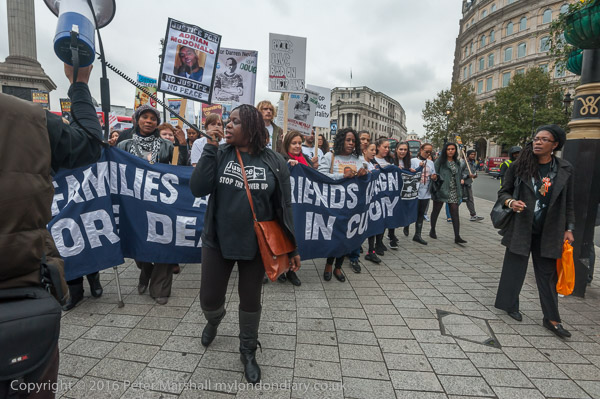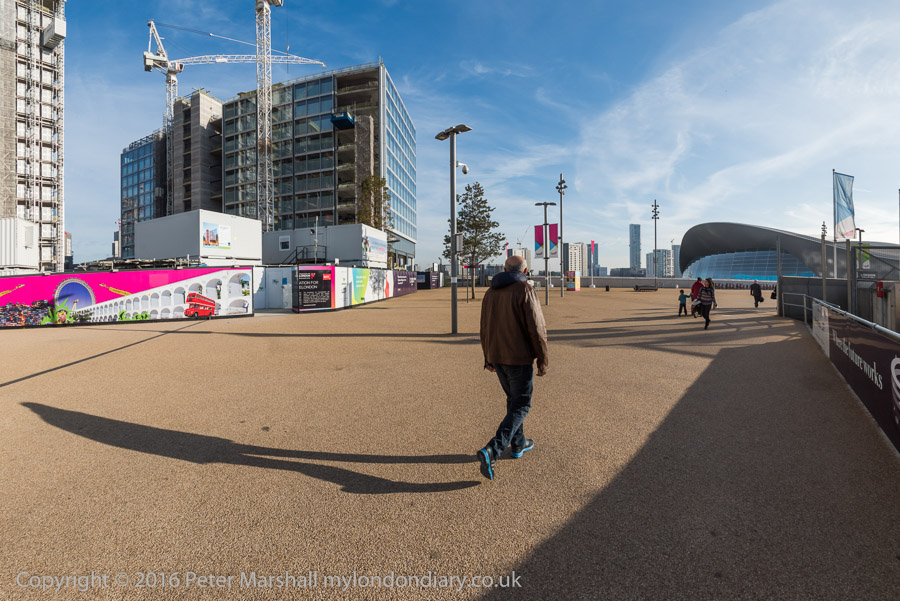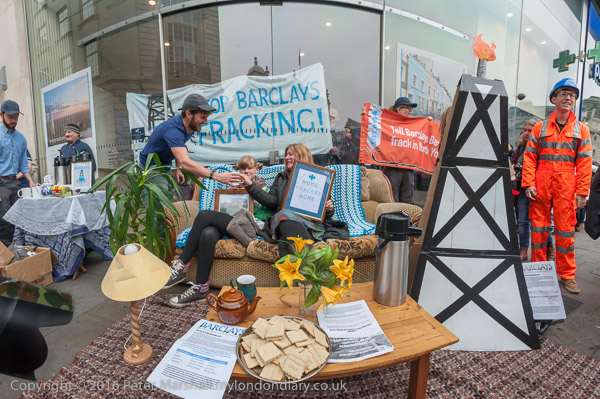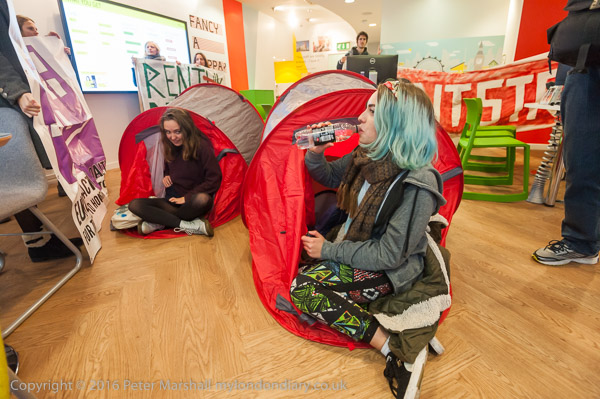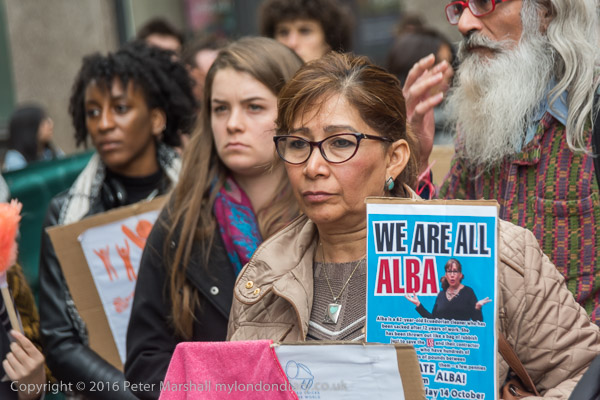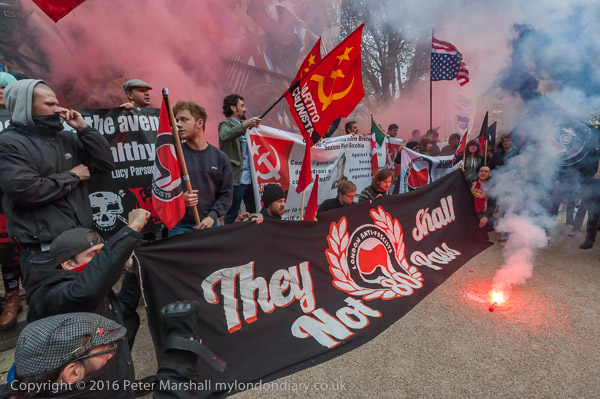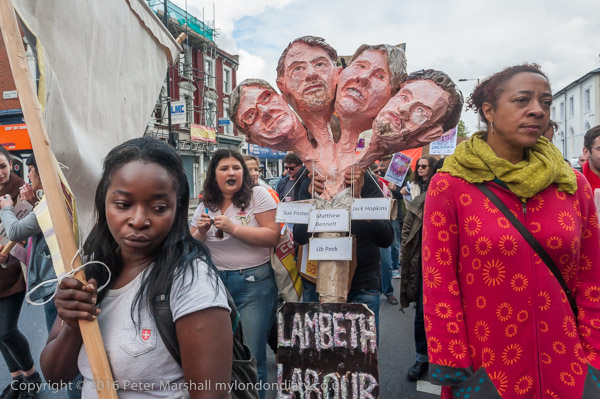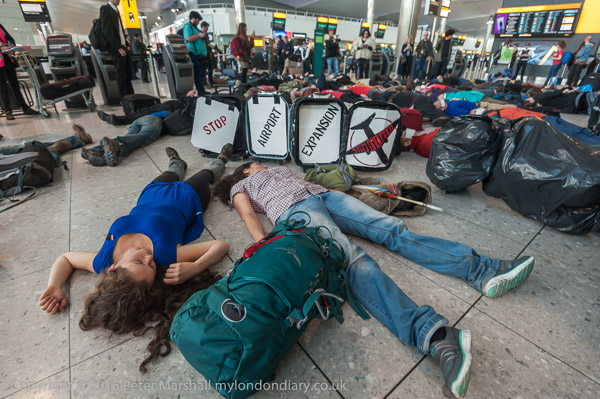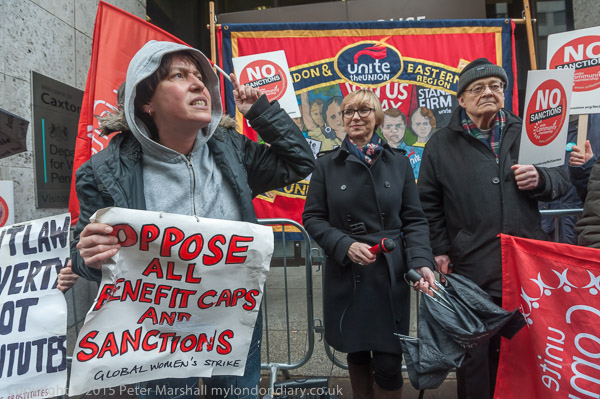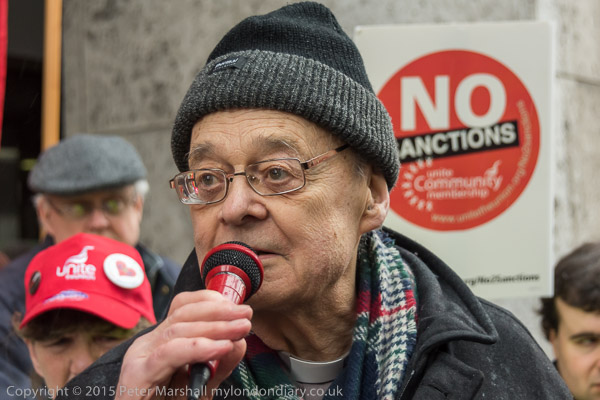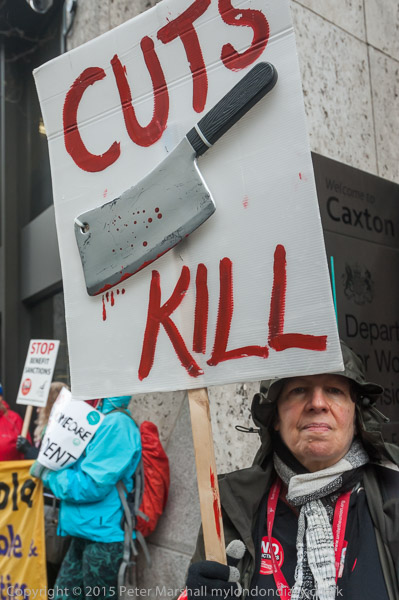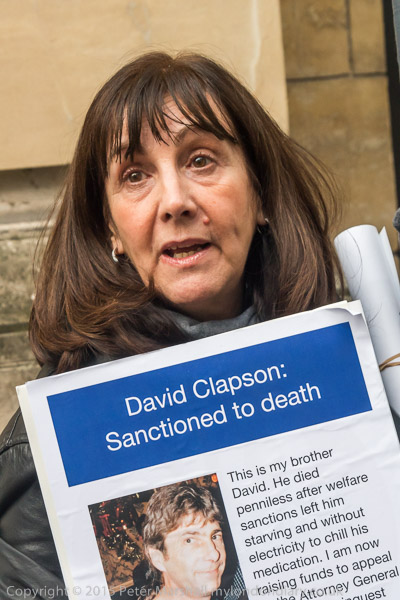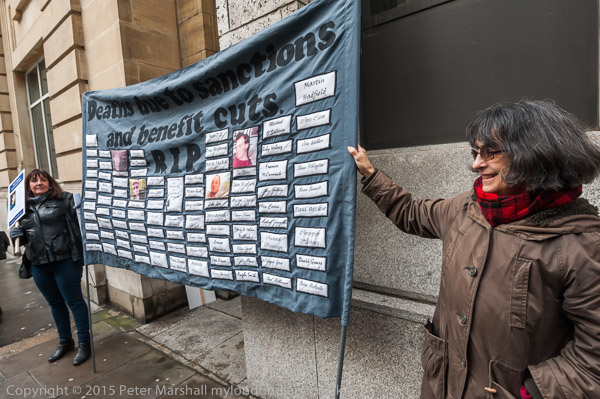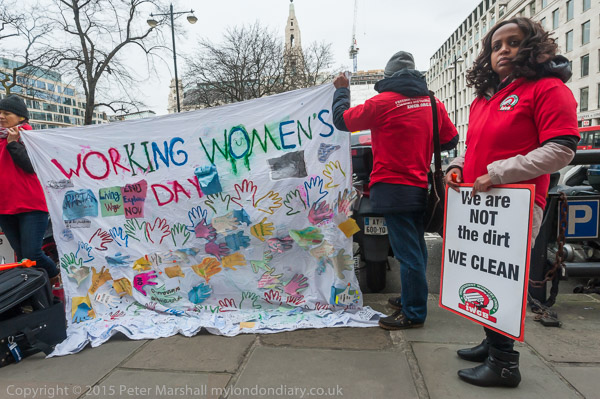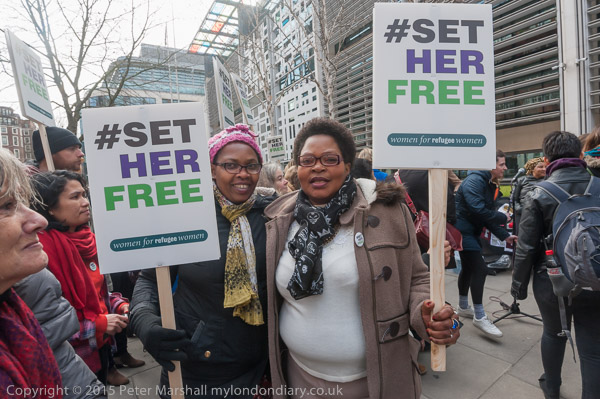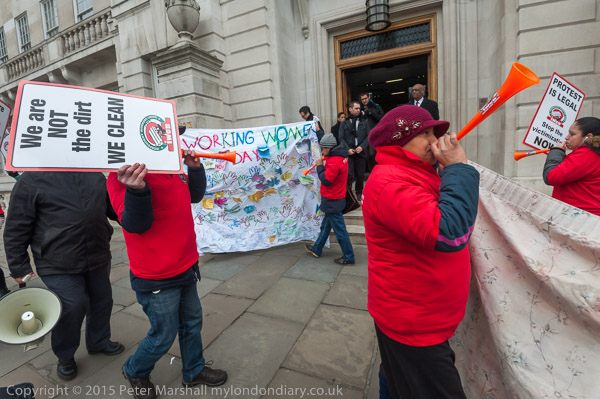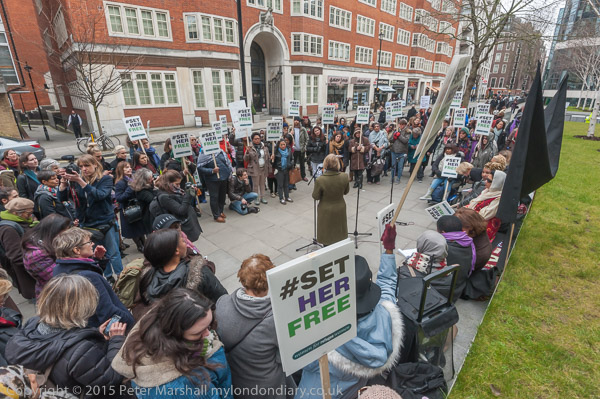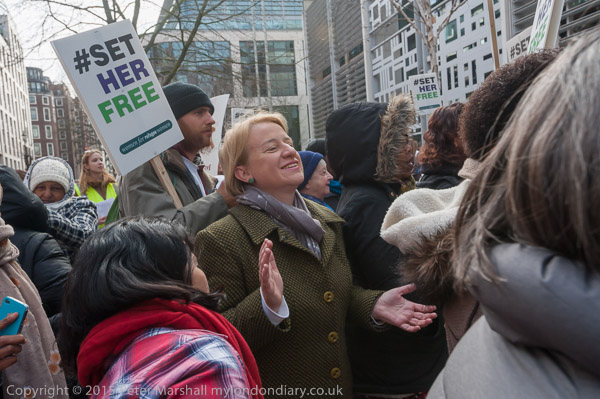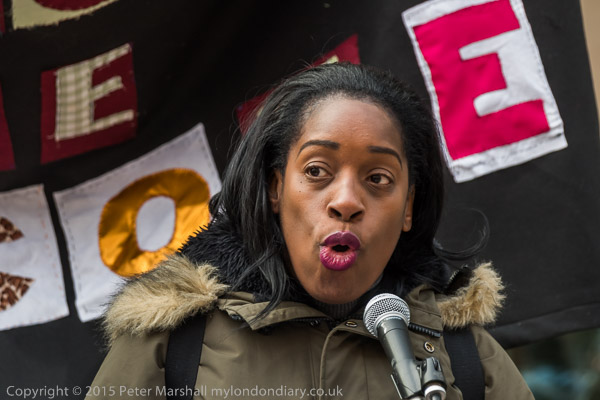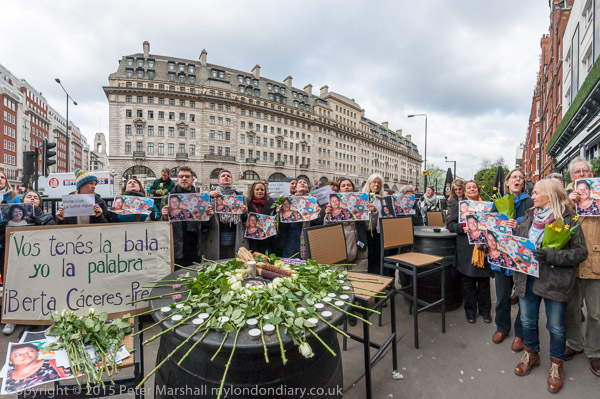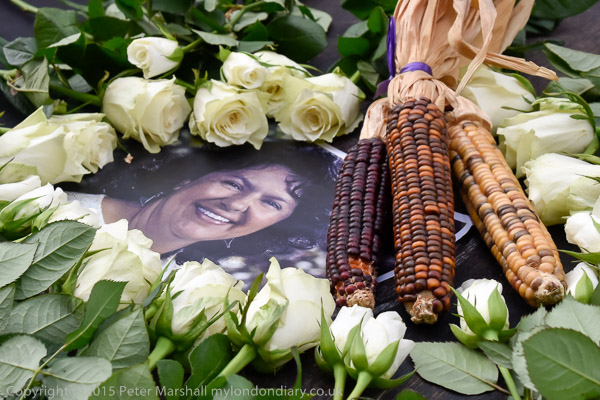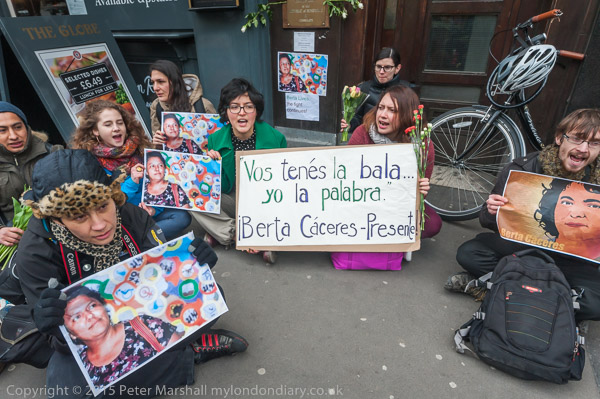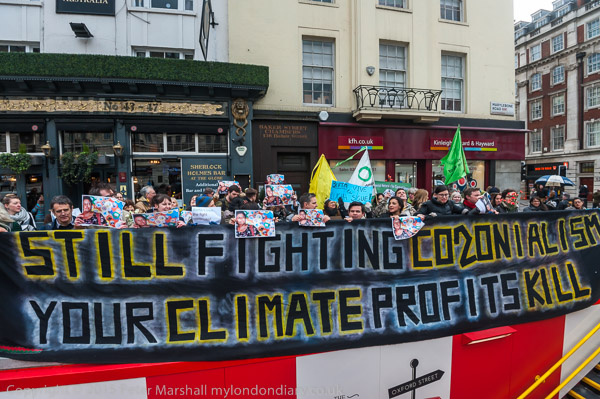I was annoyed to realise yesterday that I’d forgotten to go and see the Danny Lyon show which closed a few days ago in London. I’d had it marked down in my list of things to do, but there were just so many other things. Not that I would have seen anything new to me in the show – the pictures in the BJP feature are all familiar. But it’s always good to see real prints on a wall, even though I think much photography works better in books.
Lyon in yesterday’s The Guardian article Danny Lyon on why he’s naming and shaming ‘climate criminals’ by Alex Rayner mentions the London show, and the comment by Lyon, ‘”There is a show now of my work in a London gallery,” he says. “I have nothing to do with it and no interest in publicizing it“‘, and the article also has a link to a gallery of his pictures from his major retrospective when launched at the Whitney Museum.
But the article is about Lyon’s latest book, Burn Zone, and you can download a PDF of this free from his Bleak Beauty blog. You can also order and pay for a print version.
The book, Lyon’s newest published work, is described as “a Cri de Coeur directed at the artist community and our youth asking them to join the fight to save planet Earth” and as well as a text about Lyon’s return to New Mexico after 30 years illustrated by his black and white photos, it also includes a state-by-state list of 50 leading US climate criminals prepared by climate activist Josephine Ferorelli at Lyon’s request for “a list of the worst of the worst, a climate j’accuse” with descriptions of their role and contact details, all from publicly available sources.
In the book Ferorelli says:
The people who profit from the sale of fossil fuels have played a really cunning game, and we have lost more than 20 years of possibility as a result. As we approach dangerous environmental tipping points, a phrase my friend Eiren Caffall wrote in a song comes to mind: “the wickedness of wasted time.”
The alliance of corporate executives, their legal teams and the politicians they finance has pushed the line so far back from progress that liberals now congratulate themselves simply for
acknowledging the existence of this threat to our lives.
Some of those named in the list are well-known, at least to climate activists here, such as the Koch Brothers about which Ferorelli comments “Almost mythic in their climate obstructionism, the Kochs are involved in just about every aspect of every fossil fuel, as well as beef, fertilizer, lumber, disposable dishes, and other environmental-nightmare products, through their many-faceted multinational corporation.”
The book ends with an article by Lyon on “Kill the Koch Brothers” a Thanksgiving play by Ava Lyon, his 10-year-old granddaughter, which ends with a a Google search that reveals that the “the Koch brothers had successfully killed a documentary film that had been
made about them before it could be broadcast on PBS. It said, “Koch Brothers Kill Film.”
The PDF comes free and with this comment:
“Bleak Beauty offers the entire contents of Burn Zone free to anyone who wishes to read it, download it, or print it. We want to have the widest possible distribution of this work, and hope you will put it out there, to every person and every website and organization possible.”
So I’ve shared the link here and hope you enjoy and make use of the book and share the work. Perhaps we should have a UK supplement naming and shaming our own climate criminals.
You can see a post on this blog with more about the Koch Brothers, The Cost of Coal.
